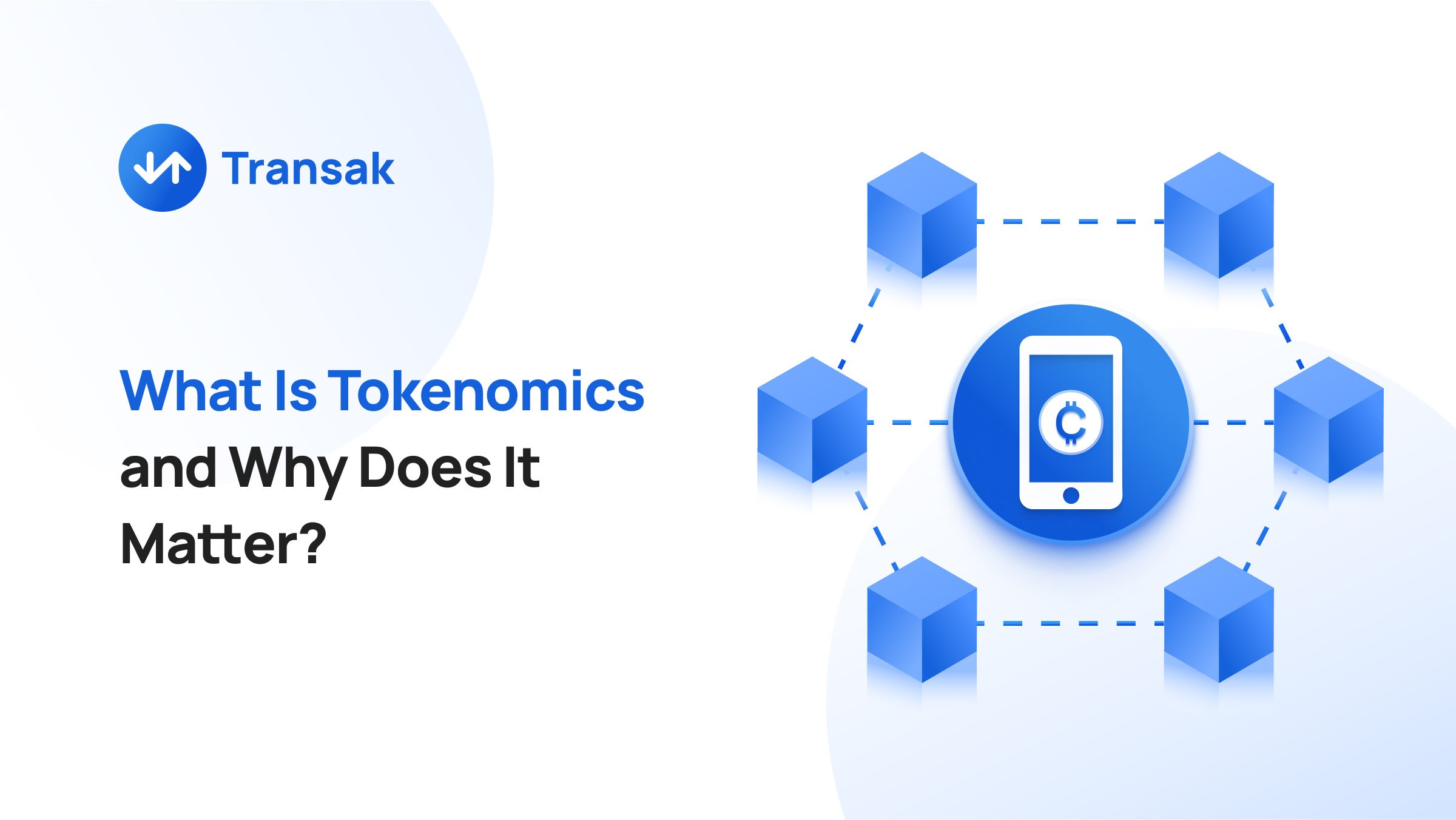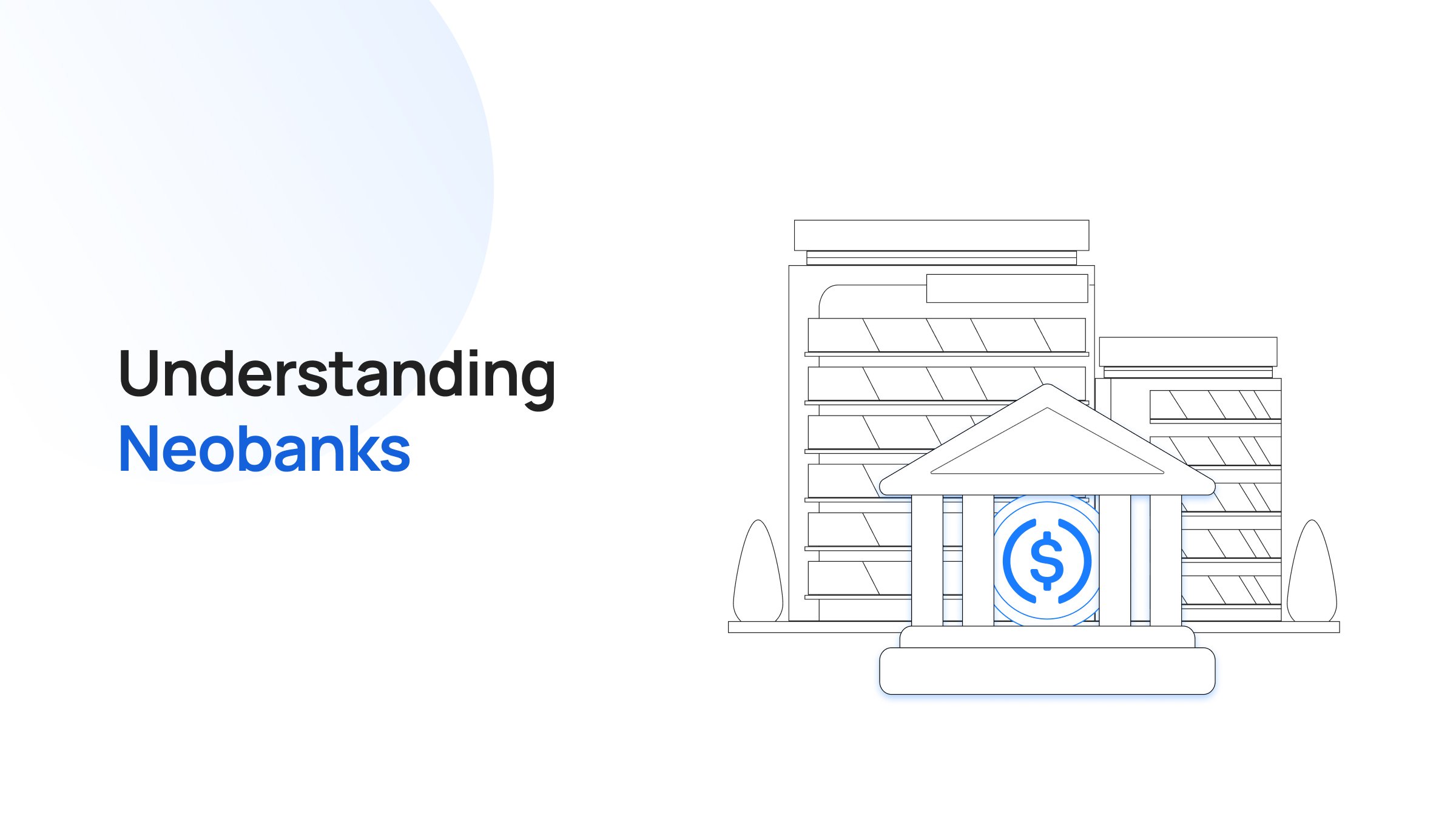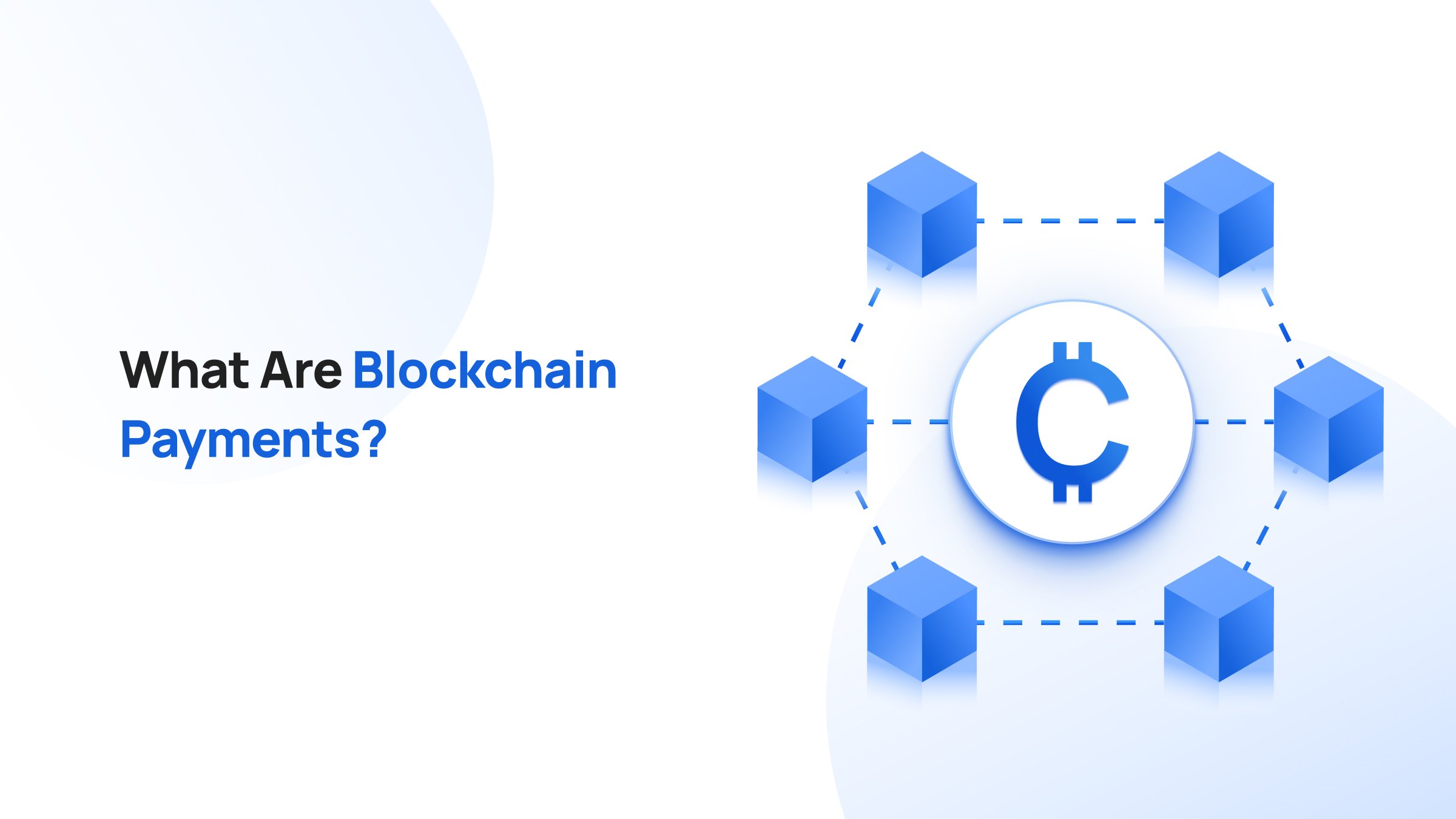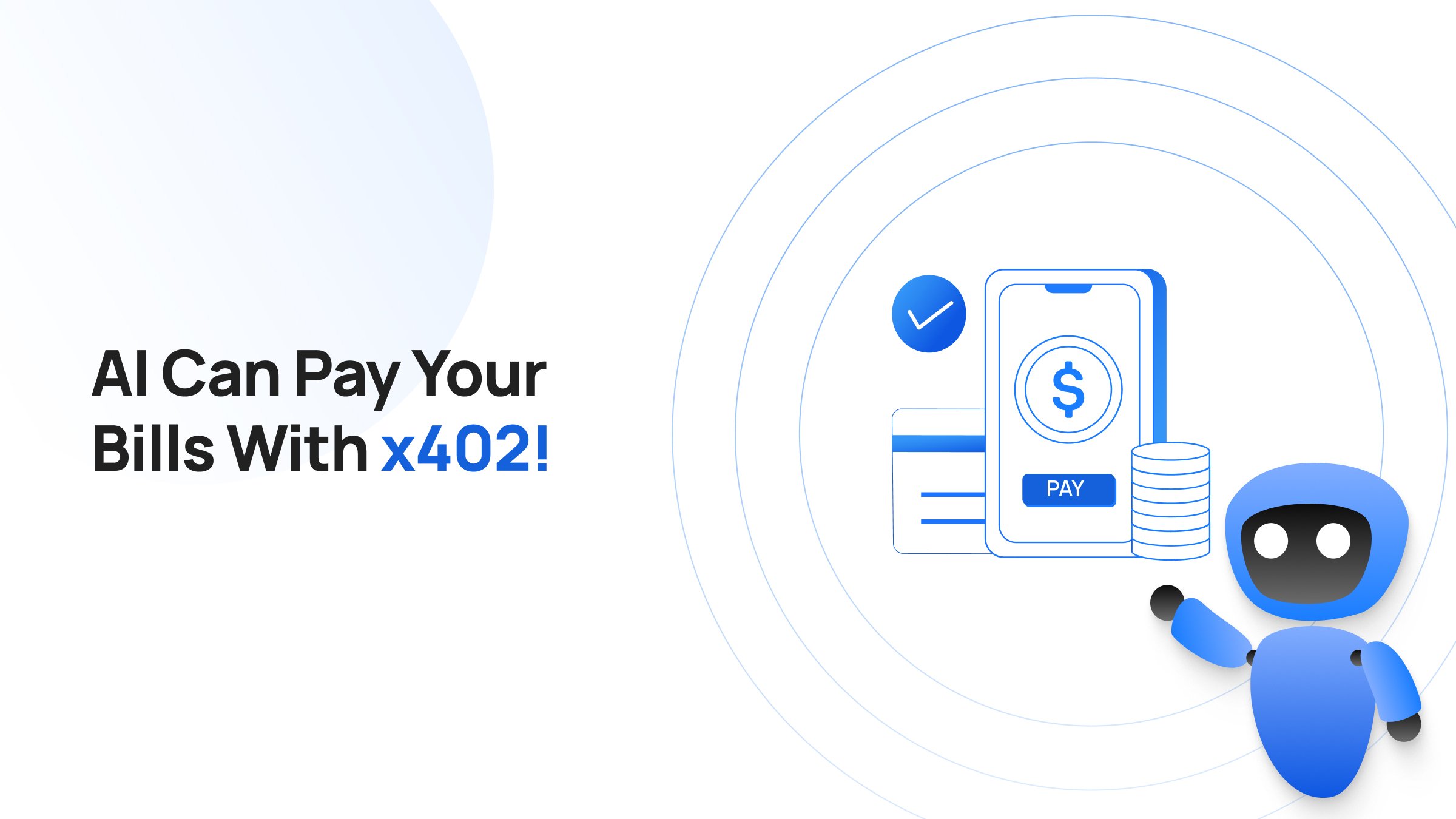Tokenomics is the study of the economy of tokens, including the creation, distribution, and use of tokens within a network. It is the backbone of any blockchain or cryptocurrency project and plays a crucial role in determining the success or failure of a project.
But why should you care about tokenomics at all?
There are around 22,000 cryptocurrencies in the world, and more are popping up every second. With tokenomics, you can make informed decisions about investing in cryptocurrencies.
By being aware of the underlying economics of a project, you can better assess the potential for growth and profitability. Tokenomics can also affect the overall health and stability of a network. Hence, it is a crucial aspect to consider when evaluating the long-term viability of a cryptocurrency or NFT project.
It is not just limited to the world of cryptocurrency. It has the potential to revolutionize various industries by creating new business models and revenue streams through tokenization.
In this article, we will dive into the intricacies of tokenomics and explore why it matters for both investors and businesses alike.
What is Tokenomics?
Tokenomics comes from two words (a portmanteau of) "token" and "economics." It is the study of the economy of tokens, including the creation, distribution, and use of tokens within a distributed network.
Tokenmics is fundamental to any web3 project that involves digital assets. It can even determine the success or failure of a project. It is essential to create an effective token model that will provide sufficient incentives for users and token holders to participate in and support a project.
Today, tokenomics is more than just the economics of tokens; it also involves the design and use of incentives to promote the adoption and use of a particular token or platform. This includes things like staking rewards, referral programs, bounty campaigns, and more.
Why Does Tokenomics Matter?
Tokenomics is the backbone of most blockchain projects and is the deciding factor of their longevity and sustainability.
Let's see why tokenomics matters from three perspectives:
- Project
- Investors
- Businesses
1. For Projects
Tokens are more than digital assets for blockchain projects. They are the driving force. It helps web3 projects fund their operations end to end, including the disbursement of salaries.
This is even more crucial for projects that are operating anonymously. Transacting in fiat currency could easily reveal the identities of stakeholders.
Hence, picking or designing a token with strong economics is pivotal in ensuring the long-term success of a project.
2. For Investors
The tokenomics of a project can tell you whether an investment is worth it or not. It also gives you an idea about the liquidity of a token and its potential for growth.
The way that tokens are designed and implemented can affect the distribution, incentives, and governance of the ecosystem, all of which can have a direct impact on the value of the tokens - this is crucial for investors.
A fair and decentralized distribution of tokens can lead to a more proactive and engaged ecosystem that drives the adoption and usage of the platform. This will lead to an increase in demand for the tokens and drive up their value.
3. For Businesses
Blockchain-based tokens are not just for web3 projects or crypto enthusiasts. Even businesses can greatly benefit from them. Tokens empower businesses to create new revenue streams, better loyalty programs, more effective employee incentivization models, and frictionless cross-border payments.
Only with the right tokenomics, where variables like emission rates and distribution align with business goals, can a company rely on its token to bring real utility and value to the users.
For instance, when performing cross-border payments with cryptocurrencies, companies may need a token whose price is stable, backed by assets or collateral, and whose reserves are transparent - collateralized stablecoins.
3 Crucial Elements of Tokenomics
So, how do you evaluate tokenomics?
There are a lot of variables, from the supply cap to the vesting period. It is quite tricky to study all when evaluating multiple tokens. You need a faster, more efficient way to sort through them.
Here, we discuss three elements of tokenomics:
- Total supply
- Monetary policy
- Token distribution
Note: Keep in mind that while they play a significant role in deciding a token's value and adoption, they are not enough to make a complete assessment. So, do your own research thoroughly before investing and use this only as a starting point for your evaluation or to design your own token.
1. Total Supply
The total supply of a token directly affects its absolute price.
A token's total supply can be determined in different ways, depending on the project's design. Some tokens have a fixed total supply, meaning that the number of tokens will never change after the initial coin offering or minting.
Others have a variable supply, meaning that the total supply will increase over time. Tokens with a variable supply fall under deflationary or inflationary.
- Deflationary
- Inflationary
The total supply of a token can also be classified into different categories based on the timing of its release. For example, tokens can be pre-minted and released all at once (like in the case of many NFT projects), or they can be minted over time, such as in the case of Bitcoin.
So, how does it affect the price, and which is better?
A token with a large supply typically has a smaller value (or price) per token since market capitalization is the primary driver of this. Therefore, tokens with smaller and fixed supply tend to appreciate in price over time as the demand for them increases.
On the other hand, tokens with variable supply can be beneficial for businesses that require more liquidity. For instance, if a business wants to pay its employees in tokens, it might prefer a token with an inflationary model.
2. Monetary Policy
Monetary policy in cryptocurrencies refers to the management of the supply of a particular cryptocurrency, such as Bitcoin or Ethereum, in order to control its value and stability.
Cryptocurrencies, unlike fiat (government-issued) currencies, are decentralized and not issued by a central authority. Therefore, there is no central bank or government agency that can control the money supply or interest rates to stabilize the economy. Instead, the monetary policy of a cryptocurrency is integrated within the source code or implemented through smart contracts.
The monetary policy of a cryptocurrency is what governs how many of the tokens are minted, how the supply should be regulated (transaction fee burning, distribution, etc.), and everything in between.
You might not know them by the term "monetary policy," but you've heard of them before.
- Inflationary: The total supply is unlimited. E.g., Dogecoin (DOGE)
- Deflationary: The total supply is capped. E.g., Bitcoin (BTC)
The most common monetary policy in cryptocurrencies is a fixed or capped supply. For example, the total supply of Bitcoin is fixed at 21 million coins, and no more can be created. This creates scarcity and drives up the value of the cryptocurrency over time as demand increases.
Another monetary policy is an inflationary supply, where new coins are minted indefinitely (not capped). This is the case with Ethereum. Interestingly, cryptocurrencies like Ethereum can become deflationary despite being inflationary by nature.
As per Ethereum's monetary policy, about 1,700 ETH are created every day (down from the previous 13,000 ETH per day). This implies the token is inflationary. However, the transaction fees on the network are burned, i.e., removed from circulation by sending to an irretrievable smart contract address.
Therefore, when a lot of ETH is paid in transaction fees (more than 1,700 per day), which often happens during times of high network activity, the net supply of Ethereum begins to shrink, making the cryptocurrency deflationary.
Studying the monetary policy can help you gauge the foothold of a cryptocurrency project in the market and give you an idea of what to expect (updates, governance proposals, etc.) from it in the future.
3. Token Distribution
Token distribution speaks volumes about a project's stance in the community, the team's vision and ambition, and price performance at different periods after the token is available for the general public to buy.
The fair launch is a method of token distribution where all tokens are minted, distributed, and regulated by the users, with no pre-allocation by the team for any specific group or individual. This method is considered to be the most decentralized, as it allows for a fair and equal distribution of tokens to all participants.
The next popular token distribution method is that of pre-minting. Here, the creators of the token mint a fraction (or the entirety) of the token supply before launching it to the public. This is done for fundraising purposes, where the pre-minted tokens are sold to private investors or allocated to team members in pre-sales and private sales.
The fair launch method of distributing tokens is the most desirable as it ensures that the project is owned by the community and that all members have a fair chance to acquire them. This also reduces the likelihood of a single entity owning a large portion of the token supply which could manipulate the market. Bitcoin is an excellent example of a fair launch token.
However, pre-minting does give the team a chance to raise funds for project development, so it can be a good option, too depending on the situation.
Conclusion
The right tokenomics can help projects and businesses leverage game theory and construct economies that encourage honest and desirable behavior to meet goals efficiently.
Investors should be aware of all the different elements of tokenomics and analyze them closely before investing in the project.






